The octopus is an underwater escape artist, a shape-shifting genius, and a master of deception—all wrapped up in eight arms and a whole lot of attitude. If intelligence had a ruler of the deep, this creature would be wearing the crown.
It can squeeze through a hole the size of a coin, vanish in a cloud of ink, and solve puzzles that would leave most animals baffled. Some even carry coconut shells for shelter, like tiny, tentacled architects. And if that’s not impressive enough, a severed arm can keep moving—and even react to danger—all on its own.
Forget what you thought you knew about sea creatures. The octopus isn’t just smart; it’s a full-blown mastermind, capable of tricks that seem almost supernatural.
Want proof? Here are 20 astonishing skills that make the octopus one of the ocean’s greatest enigmas.
Camouflage Mastery

Octopuses possess an unparalleled ability to blend into their surroundings using their skin’s chromatophores. These specialized cells enable them to change color and texture in an instant.
This skill is not only used for evading predators but also for hunting prey. By mimicking the color and pattern of coral or sand, they become nearly invisible.
Their camouflage ability is so advanced that even their shadows can be altered to match the environment, making them true masters of disguise in the ocean.
Intelligent Problem Solving
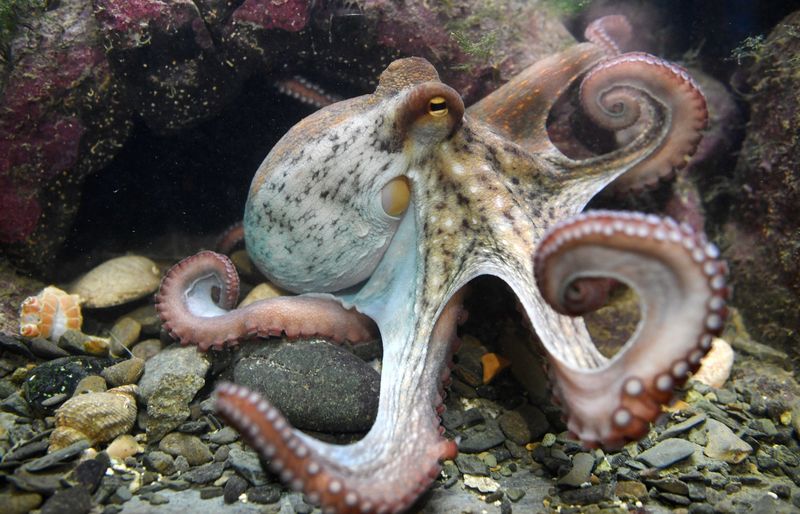
Octopuses have demonstrated remarkable problem-solving abilities, often compared to those of higher mammals. They can navigate mazes and open jars to access food.
This intelligence is attributed to their well-developed nervous system and large brain-to-body ratio. Researchers have observed octopuses using tools, such as coconut shells, to protect themselves.
Their curious nature drives them to explore their environment, leading to innovative solutions to challenges they encounter. This cognitive capability is a testament to their status as one of the ocean’s most intelligent invertebrates.
Regenerative Abilities
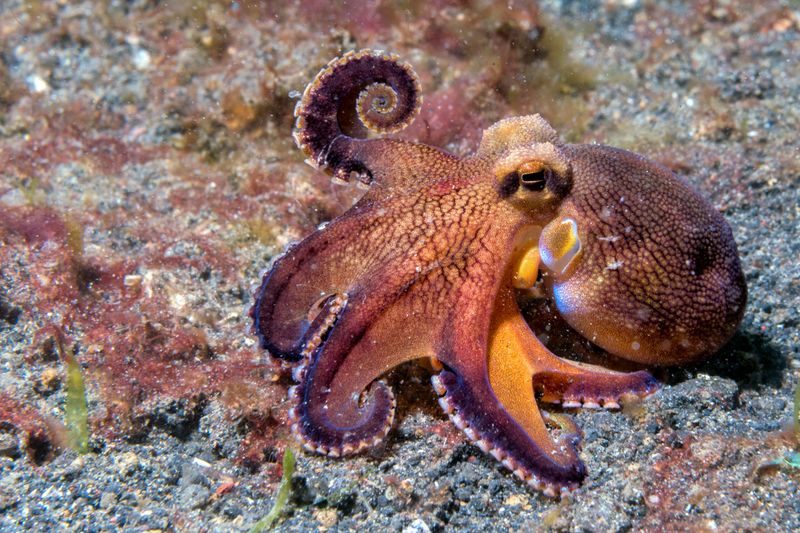
Octopuses can regrow lost arms, a process that involves complex biological mechanisms. This regenerative ability ensures their survival in the face of predation.
The regeneration process begins almost immediately after an arm is lost, with a new one fully functional in a matter of months.
This not only allows them to escape potentially fatal encounters but also to maintain their hunting efficiency. Their ability to regenerate is a fascinating subject of study, offering insights into potential medical advancements for humans.
Jet Propulsion
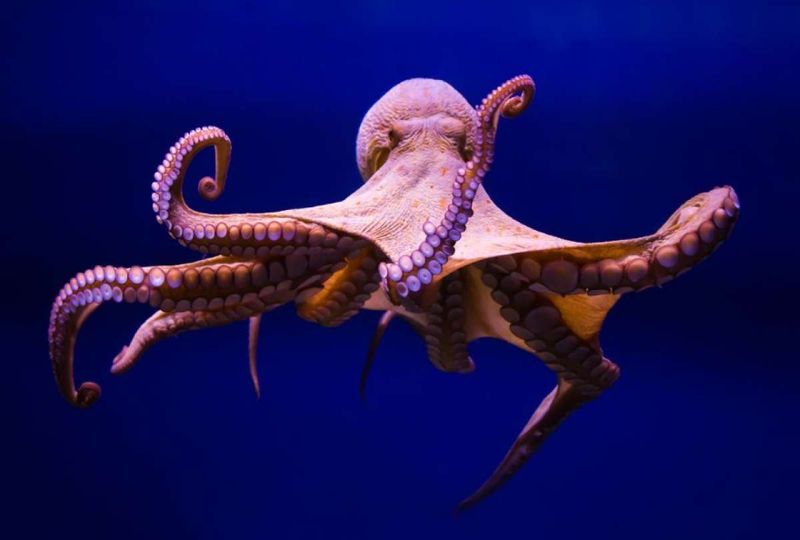
The octopus utilizes a unique form of locomotion known as jet propulsion, allowing rapid movement through the water. By expelling water from their mantle cavity, they can escape predators swiftly.
This method of propulsion is both efficient and powerful, enabling quick bursts of speed.
It also allows them to navigate complex underwater landscapes with precision. Jet propulsion showcases the octopus’s adaptability and agility, contributing to their survival in diverse marine environments.
Ink Defense Mechanism

When threatened, octopuses can release a cloud of ink to obscure predators’ vision and create a smokescreen. This defensive tactic confuses attackers and allows a quick escape.
The ink also contains a substance that dulls predators’ sense of smell, further aiding in evasion.
This adaptation is crucial for survival, giving octopuses a strategic advantage over many ocean predators. The ink defense mechanism exemplifies the octopus’s strategic use of natural resources to ensure its continued existence.
Tool Use
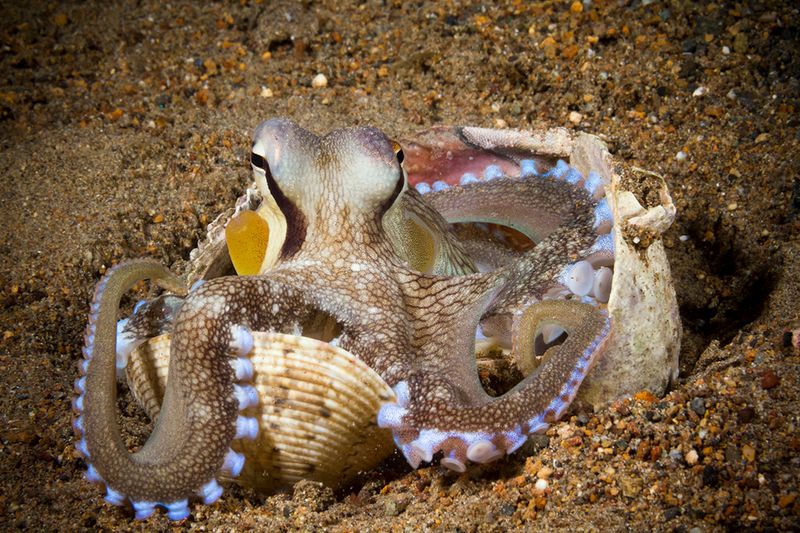
Octopuses exhibit tool use, a trait once thought exclusive to humans and some mammals. They have been observed using coconut shells and other objects for protection.
This behavior indicates advanced cognitive abilities and problem-solving skills.
By carrying and assembling objects, octopuses demonstrate foresight and planning, adapting their environment to suit their needs. Tool use among octopuses highlights their ingenuity and the complex nature of their intelligence, setting them apart from many other marine creatures.
Advanced Sensory Perception
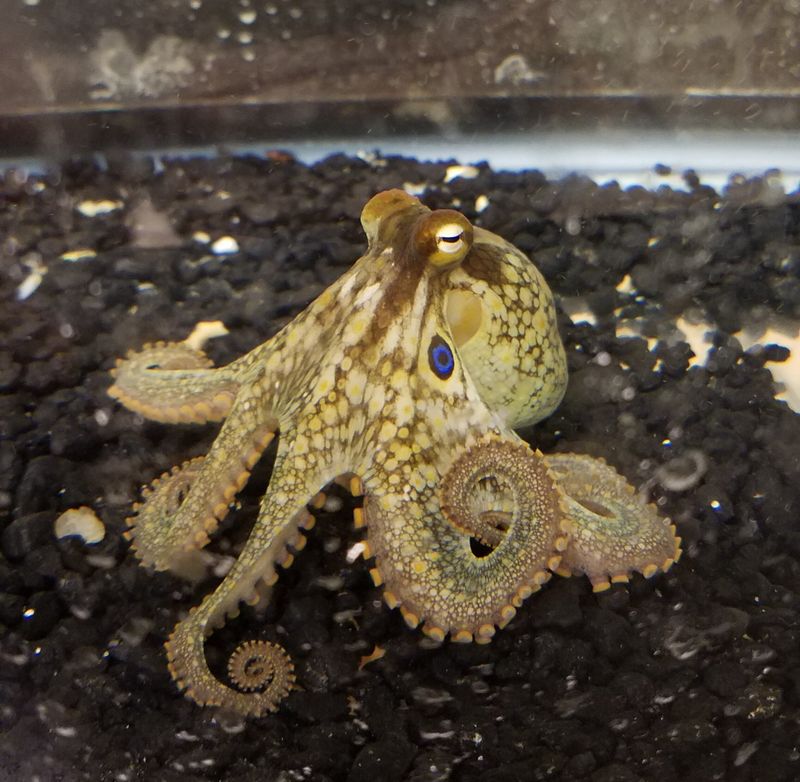
An octopus’s sensory perception is highly advanced, with arms that can detect chemical signals and textures. This touch-sensitive nature is combined with excellent eyesight.
These sensory abilities allow them to hunt effectively and avoid predators.
They can taste and feel with their arms, enabling them to interact with their environment in sophisticated ways. This sensory sophistication aids in complex behaviors and interactions, making them formidable hunters and elusive prey in the marine ecosystem.
Flexible Body Structure
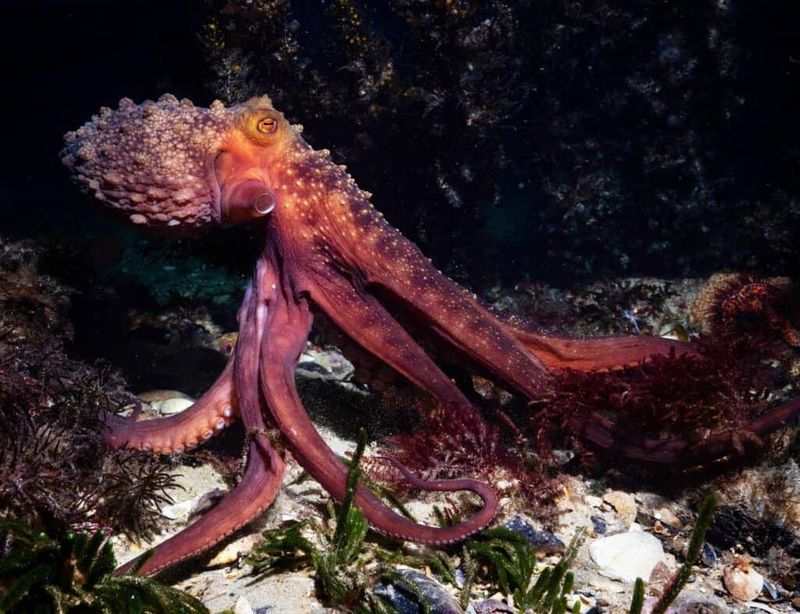
The octopus’s body is incredibly flexible, lacking any rigid bones. This allows them to squeeze through remarkably small spaces, which is vital for escaping predators and hunting.
Their soft, malleable bodies can adapt to various shapes and environments.
This flexibility not only aids in survival but also enhances their ability to explore and inhabit diverse marine habitats. The adaptable nature of their body structure is a key factor in their evolutionary success in the ocean.
Social Interaction
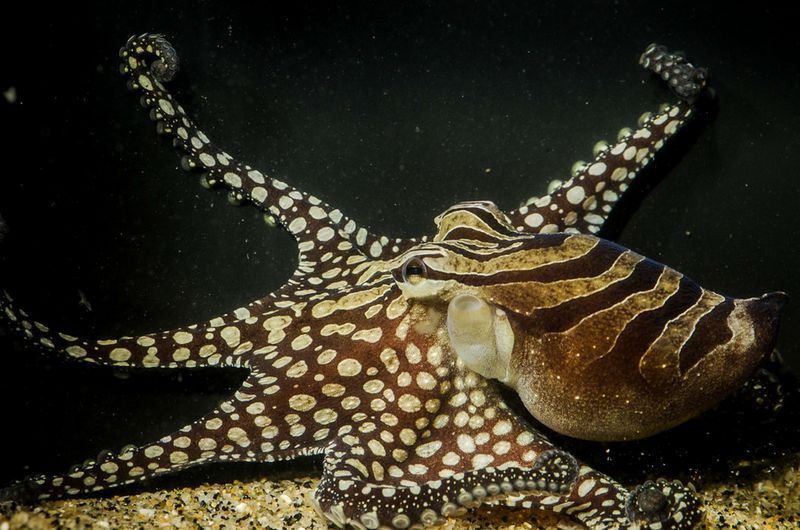
While often solitary, octopuses engage in social interactions, especially during mating. These interactions include complex displays and changes in body coloration.
They communicate through touch, color, and posture, displaying a rich social dynamic.
Observations have shown that octopuses can recognize individuals and remember past interactions. This social behavior adds another layer to their intelligence and adaptability, illustrating that these cephalopods are more than just solitary hunters of the deep.
Complex Hunting Strategies
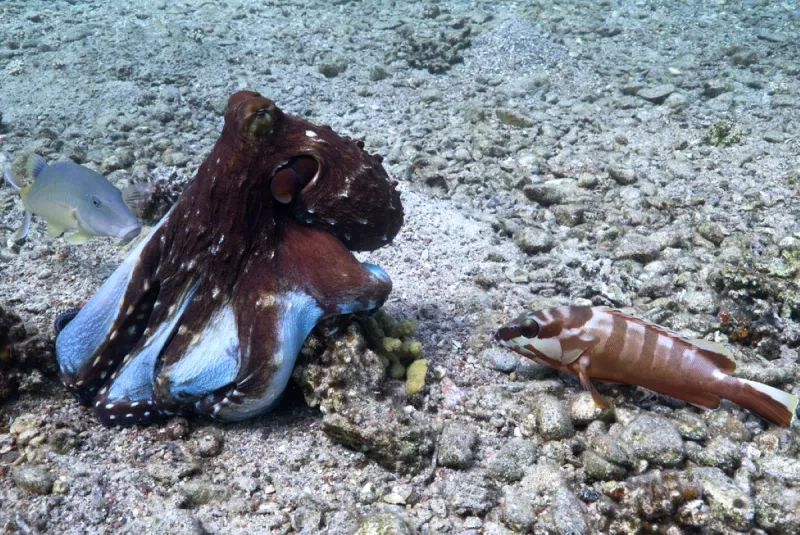
Octopuses employ complex hunting strategies that involve ambush, stalking, and chasing. They have been seen collaborating with other marine animals to catch prey.
These strategies highlight their intelligence and ability to adapt to different hunting scenarios.
By utilizing their surroundings and cognitive skills, octopuses can efficiently capture a wide range of prey. Their diverse hunting methods not only demonstrate their adaptability but also their prowess as top predators in the marine food chain.
Communication Skills
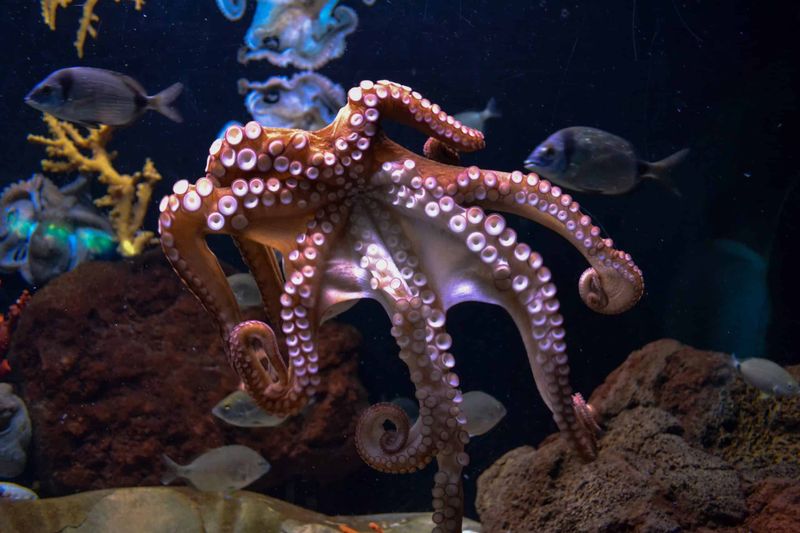
Communication in octopuses is achieved through color changes, texture modifications, and body postures. These visual signals convey emotions, intentions, or warnings to other octopuses.
This sophisticated communication system is essential for mating and territorial disputes.
By adapting their appearance, octopuses can express themselves without vocalization, showcasing a silent yet effective form of interaction. Their ability to communicate visually adds to their mystique and complexity as highly intelligent marine creatures.
Mimicry
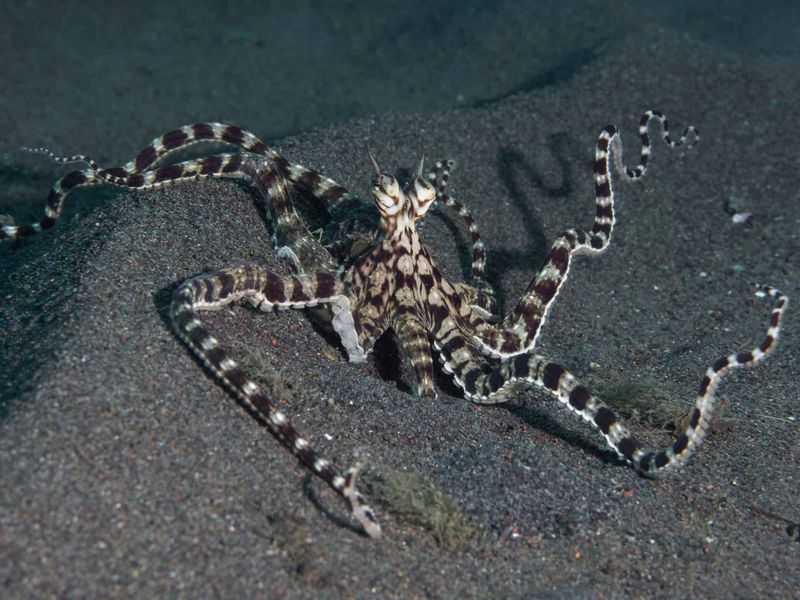
Some octopuses can mimic other marine animals, such as lionfish or flatfish, to avoid predators. This mimicry involves altering their shape, color, and behavior.
This deceptive tactic confuses predators and aids in their survival.
Mimicry showcases the octopus’s ability to adapt its appearance and actions to blend in or deter threats. This skill underlines their creativity and resourcefulness, making them one of the ocean’s most enigmatic and adaptable inhabitants.
Night Vision
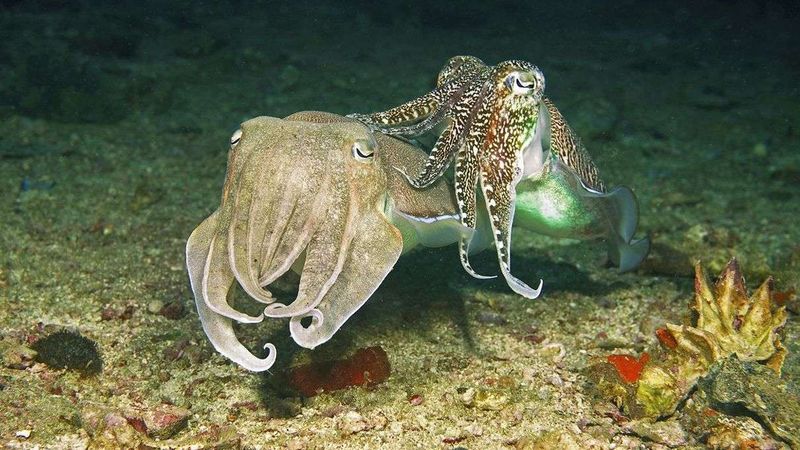
Octopuses possess excellent night vision, allowing them to hunt effectively in the dark ocean depths. Their eyes are highly adapted to detect subtle changes in light.
This enables them to spot prey and predators even in low-light conditions.
Their nocturnal hunting prowess gives them an edge in the ocean, where many creatures are less active at night. This adaptation underscores their ability to thrive in various environmental conditions, enhancing their survival.
Rapid Growth

Octopuses grow rapidly, reaching maturity in just a few months. This quick growth rate is crucial for survival, as it reduces the time they are vulnerable to predators.
Their developmental process involves complex physiological changes, ensuring they are equipped to survive in the ocean.
The rapid growth of octopuses allows them to reproduce and sustain their populations efficiently. This ability to mature quickly is a strategic advantage in the ever-changing marine landscape.
Self-Defense
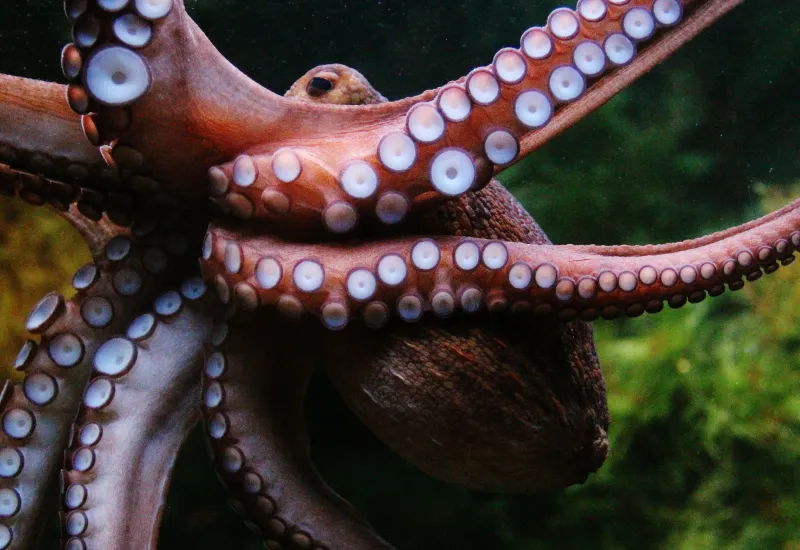
In addition to ink clouds, octopuses can use their arms for self-defense, deterring predators with forceful movements. They can also detach an arm if necessary.
This defensive behavior is part of their survival strategy, allowing them to escape dangerous situations.
The ability to fend off attackers showcases their resilience and adaptability, essential traits for enduring the challenges of ocean life. Their versatile self-defense tactics ensure they remain formidable creatures in the marine ecosystem.
Color Vision
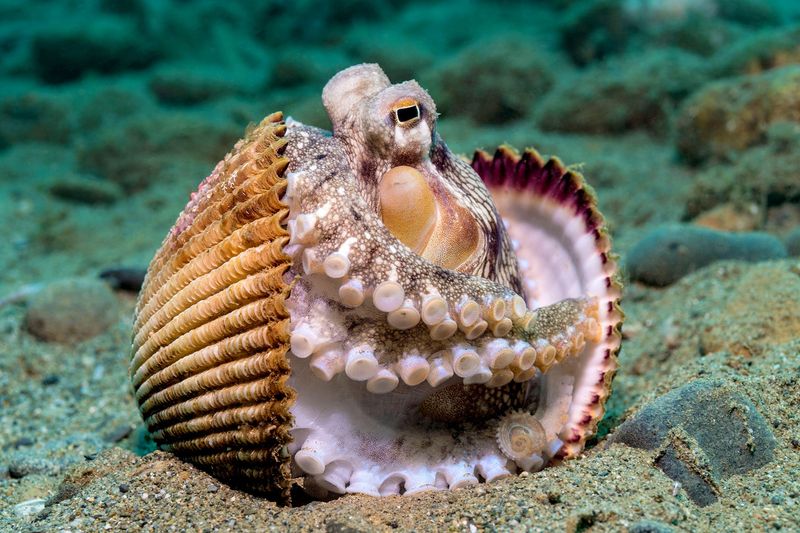
Octopuses are believed to have color vision, allowing them to navigate and hunt in vibrant underwater environments effectively. Their ability to discriminate between colors aids in identifying prey and predators.
This visual prowess enhances their interaction with diverse marine ecosystems.
Understanding their color vision offers insights into their complex behaviors and interactions with their surroundings. Their visual capabilities are a key component of their success as adaptable and proficient ocean dwellers.
Environmental Adaptability
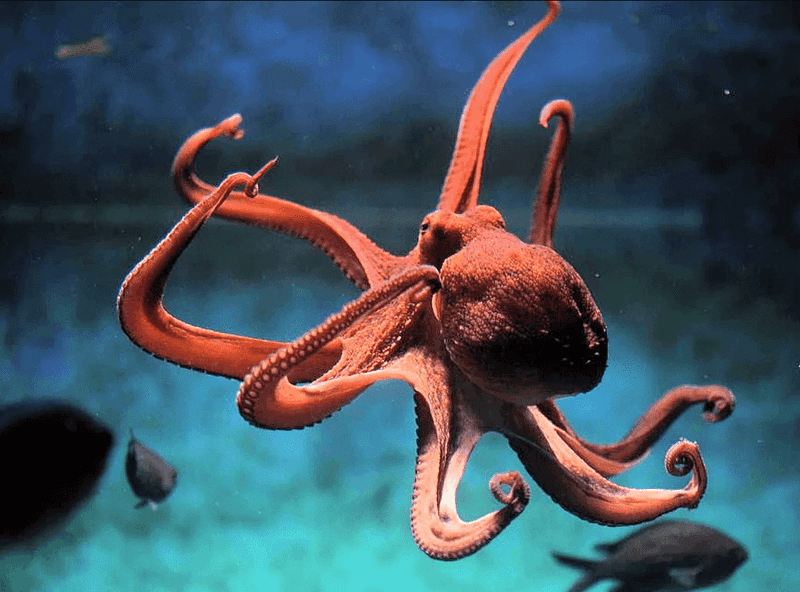
The octopus’s ability to adapt to various marine environments is remarkable. They inhabit coral reefs, ocean floors, and even deep-sea habitats.
This adaptability enables them to exploit different ecological niches.
Their physiological and behavioral flexibility contributes to their resilience and success across diverse ecosystems. The octopus’s environmental adaptability highlights their evolutionary prowess and ability to thrive in the ocean’s many challenging environments.
Tactile Exploration

Octopuses explore their environment using their highly sensitive arms, equipped with thousands of tactile receptors. This tactile exploration allows them to interact with objects, prey, and potential threats.
Their arms can detect textures, shapes, and chemical cues, providing a wealth of information about their surroundings.
This sensory capability is crucial for hunting and navigation, demonstrating their intricate relationship with the marine world. The octopus’s tactile exploration reflects their inquisitive nature and adaptability.
Complex Reproductive Behavior
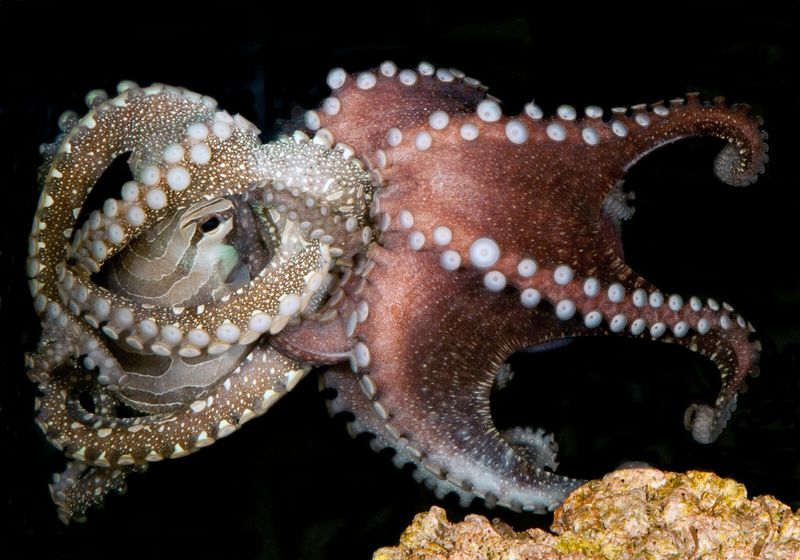
Octopuses exhibit complex reproductive behaviors, including intricate courtship displays and mating rituals. These behaviors involve color changes and physical interactions.
Females often guard their eggs diligently, ensuring the next generation’s survival.
This commitment to reproduction highlights their role in sustaining oceanic biodiversity. Understanding their reproductive strategies provides insight into their life cycle and evolutionary success. Their reproductive behaviors underscore the complexity and depth of their existence as vital marine organisms.
Hydrodynamic Efficiency
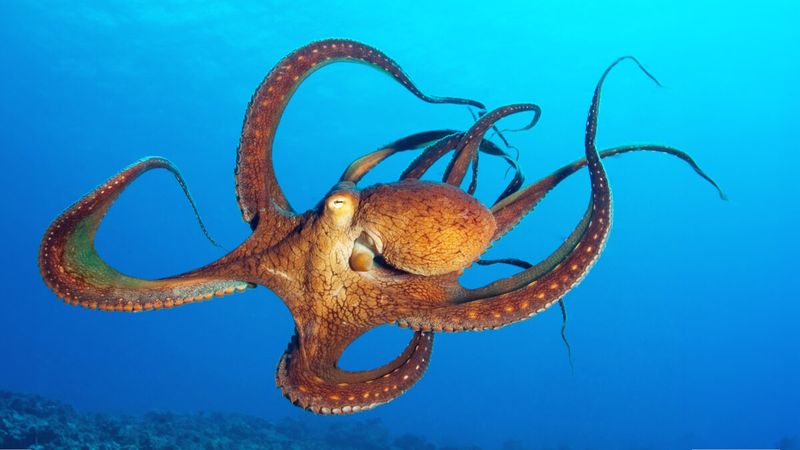
The streamlined body of an octopus allows it to move through water with hydrodynamic efficiency. Their ability to maneuver with minimal resistance aids in conserving energy.
This efficiency is vital for hunting and escaping predators.
Their hydrodynamic design is a testament to their evolutionary adaptation, enabling them to explore vast oceanic distances. The octopus’s efficient swimming mechanics enhance their survival and adaptability in the diverse marine environments they inhabit.

